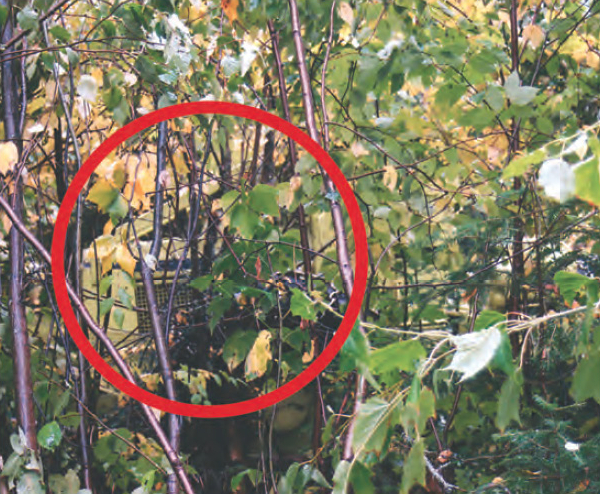

| Topic: Poor Visibility in Forestry Operations Poses Great Risks | |
| Date Issued: November 1, 2006 | Date Revised: |
Advancements in select-cut harvesting practices, such as residual volume removal and multiple-pass harvesting, have created more of these kinds of working conditions in New Brunswick logging operations.
These types of cutting prescriptions lead to greater risks for workers. Thick underbrush hinders visibility and also muffles sound, creating a very dangerous working environment. Before work begins, cutting areas need to be carefully evaluated to determine if harvesting is feasible.
If it is determined that the block will be harvested manually, then the work must be pre-planned and special precautions must be taken. These may include:

Reprinted April 2015